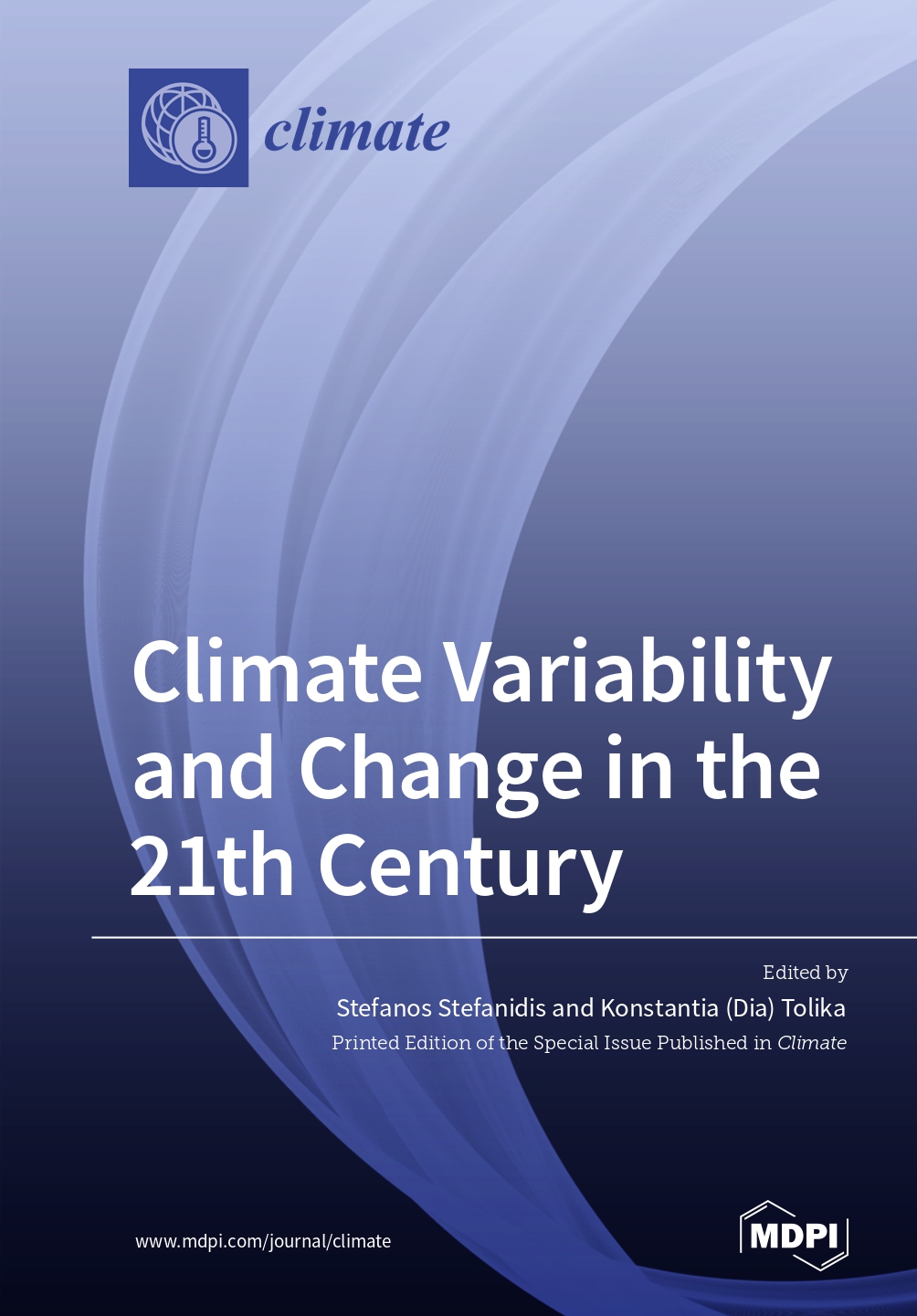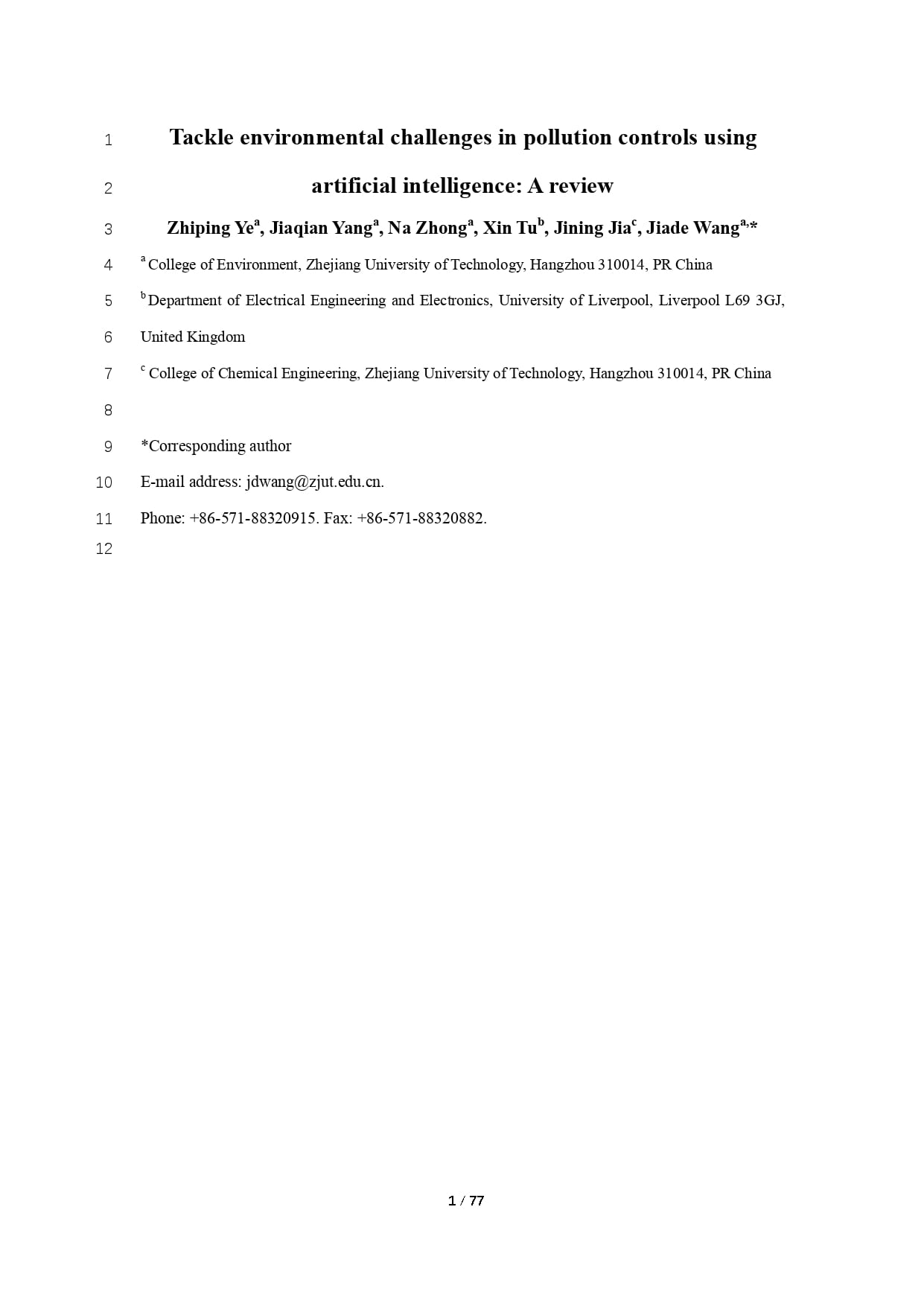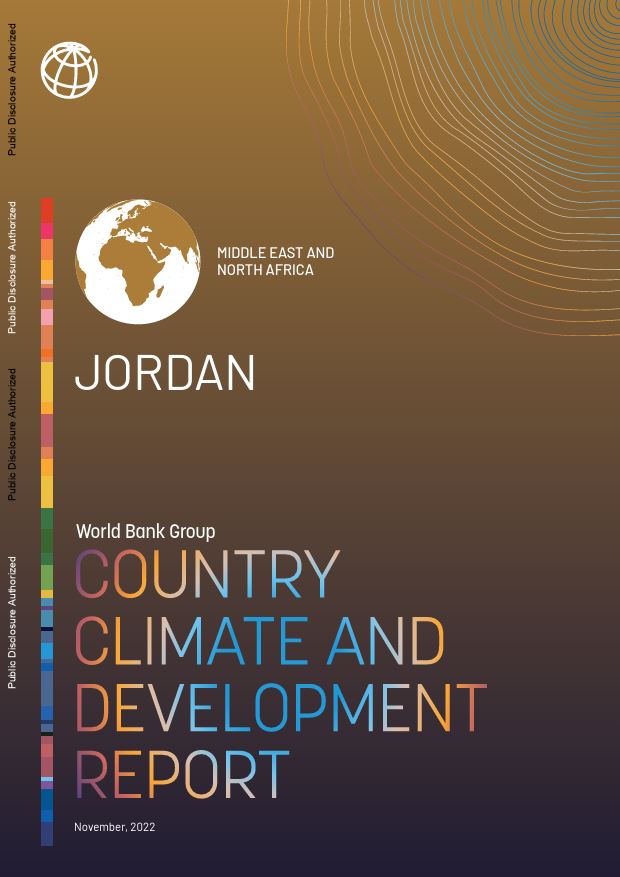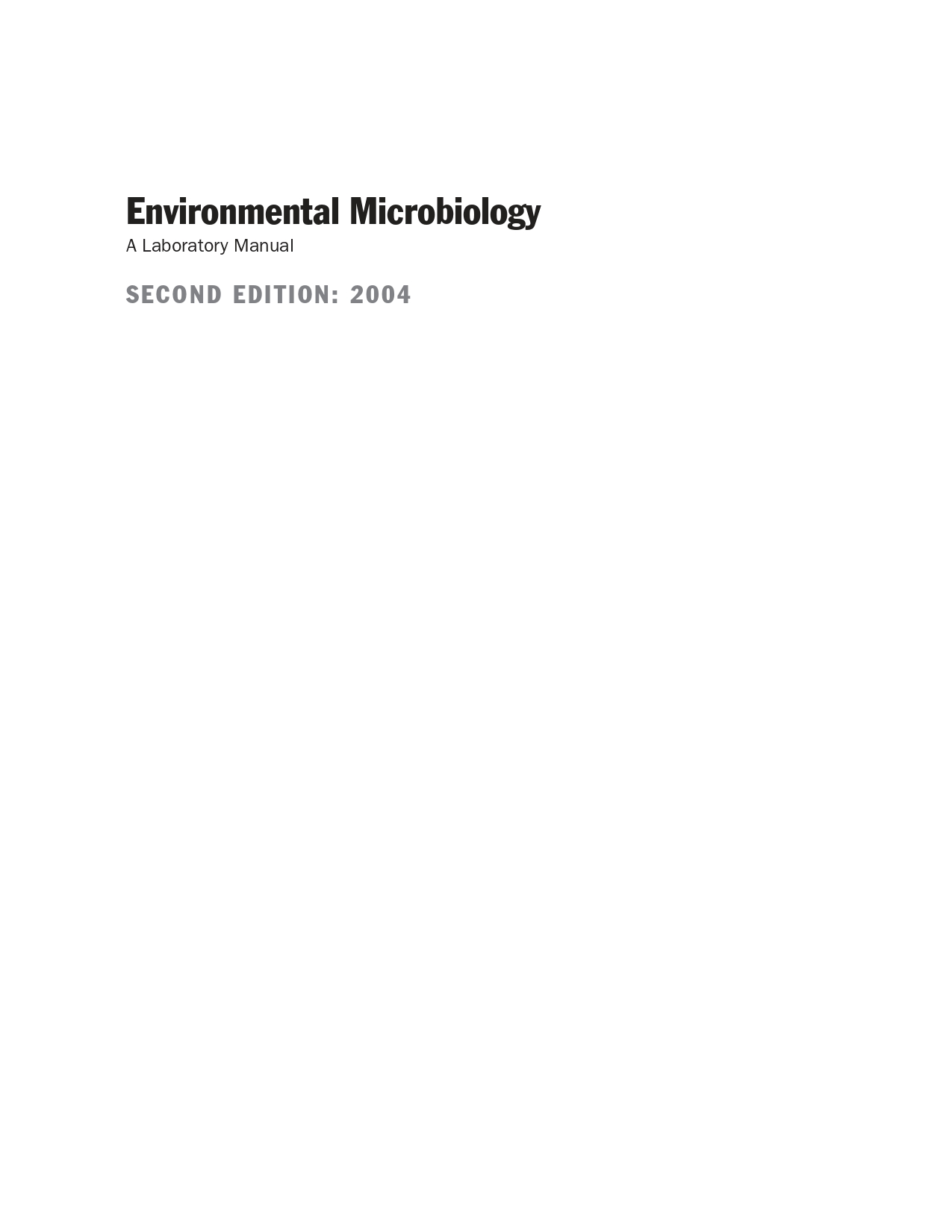Climate Variability and Change in the 21st Century.
Water resources management should be assessed under climate change conditions, as historic data cannot replicate future climatic conditions. - Climate change impacts on water resources are bound to affect all water uses, i.e., irrigated agriculture, domestic and industrial water supply, hydropower generation, and environmental flow (of streams and rivers) and water level (of lakes). - Bottom-up approaches, i.e., the forcing of hydrologic simulation models with climate change models’ outputs, are the most common engineering practices and considered as climate-resilient water management approaches. - Hydrologic simulations forced by climate change scenarios derived from regional climate models (RCMs) can provide accurate assessments of the future water regime at basin scales.
Climate Variability and Change in the 21st Century.
Water resources management should be assessed under climate change conditions, as historic data cannot replicate future climatic conditions. - Climate change impacts on water resources are bound to affect all water uses, i.e., irrigated agriculture, domestic and industrial water supply, hydropower generation, and environmental flow (of streams and rivers) and water level (of lakes). - Bottom-up approaches, i.e., the forcing of hydrologic simulation models with climate change models’ outputs, are the most common engineering practices and considered as climate-resilient water management approaches. - Hydrologic simulations forced by climate change scenarios derived from regional climate models (RCMs) can provide accurate assessments of the future water regime at basin scales.
Watershed Water Environment And Hydrology Under The Influence Of Anthropogenic And Natural Processes
The major aims of this book, “Watershed Water Environment and Hydrology under the Influence of Anthropogenic and Natural Processes”, are to focus on innovative/new ideas on the watershed water environment from different perspectives across the field; distinguish the evolution of watershed water ecological and environmental quality; clarify the biogeochemical cycling of elements or pollutants; identify and quantify the sources of pollutants; and assess the ecological risk and human health risk of pollutants in the water environment at different watershed scales. In particular, eight peer-reviewed articles were collected, mainly reporting the hydrochemistry-based watershed weathering processes and their environmental implications, trace elements and their risks, and the nutrients cycle in river–reservoir systems. Overall, these papers contribute to several aspects of the watershed water environment and are valuable for river water resource protection and management.
Watershed Water Environment And Hydrology Under The Influence Of Anthropogenic And Natural Processes
The major aims of this book, “Watershed Water Environment and Hydrology under the Influence of Anthropogenic and Natural Processes”, are to focus on innovative/new ideas on the watershed water environment from different perspectives across the field; distinguish the evolution of watershed water ecological and environmental quality; clarify the biogeochemical cycling of elements or pollutants; identify and quantify the sources of pollutants; and assess the ecological risk and human health risk of pollutants in the water environment at different watershed scales. In particular, eight peer-reviewed articles were collected, mainly reporting the hydrochemistry-based watershed weathering processes and their environmental implications, trace elements and their risks, and the nutrients cycle in river–reservoir systems. Overall, these papers contribute to several aspects of the watershed water environment and are valuable for river water resource protection and management.
Managing Forests and Water for People under a Changing Environment
Forests cover 30% of the Earth’s land area, or nearly four billion hectares. Enhancing the benefits and ecosystem services of forests has been increasingly recognized as an essential part of nature-based solutions for solving many emerging global environmental problems today. A core science supporting forest management is understanding the interactions of forests, water, and people. These interactions have become increasingly complex under climate change and its associated impacts, such as the increases in the intensity and frequency of drought and floods, increasing population and deforestation, and a rise in global demands for multiple ecosystem services including clean water supply and carbon sequestration. Forest watershed managers have recognized that water management is an essential component of forest management. Global environmental change is posing more challenges for managing forests and water toward sustainable development. New science on forest and water is critically needed across the globe.
Managing Forests and Water for People under a Changing Environment
Forests cover 30% of the Earth’s land area, or nearly four billion hectares. Enhancing the benefits and ecosystem services of forests has been increasingly recognized as an essential part of nature-based solutions for solving many emerging global environmental problems today. A core science supporting forest management is understanding the interactions of forests, water, and people. These interactions have become increasingly complex under climate change and its associated impacts, such as the increases in the intensity and frequency of drought and floods, increasing population and deforestation, and a rise in global demands for multiple ecosystem services including clean water supply and carbon sequestration. Forest watershed managers have recognized that water management is an essential component of forest management. Global environmental change is posing more challenges for managing forests and water toward sustainable development. New science on forest and water is critically needed across the globe.
Tackle Environmental Challenges in Pollution Controls Using Artificial Intelligence: A Review
This review presents the developments in artificial intelligence technologies for environmental pollution controls. A number of AI approaches, which start with the reliable mapping of nonlinear behavior between inputs and outputs in chemical and biological processes in terms of prediction models to the emerging optimization and control algorithms that study the pollutants removal processes and intelligent control systems, have been developed for environmental clean-ups. The characteristics, advantages and limitations of AI methods, including single and hybrid AI methods, were overviewed. Hybrid AI methods exhibited synergistic effects, but with computational heaviness.
Tackle Environmental Challenges in Pollution Controls Using Artificial Intelligence: A Review
This review presents the developments in artificial intelligence technologies for environmental pollution controls. A number of AI approaches, which start with the reliable mapping of nonlinear behavior between inputs and outputs in chemical and biological processes in terms of prediction models to the emerging optimization and control algorithms that study the pollutants removal processes and intelligent control systems, have been developed for environmental clean-ups. The characteristics, advantages and limitations of AI methods, including single and hybrid AI methods, were overviewed. Hybrid AI methods exhibited synergistic effects, but with computational heaviness.










